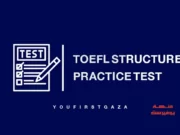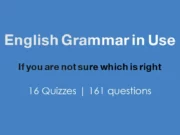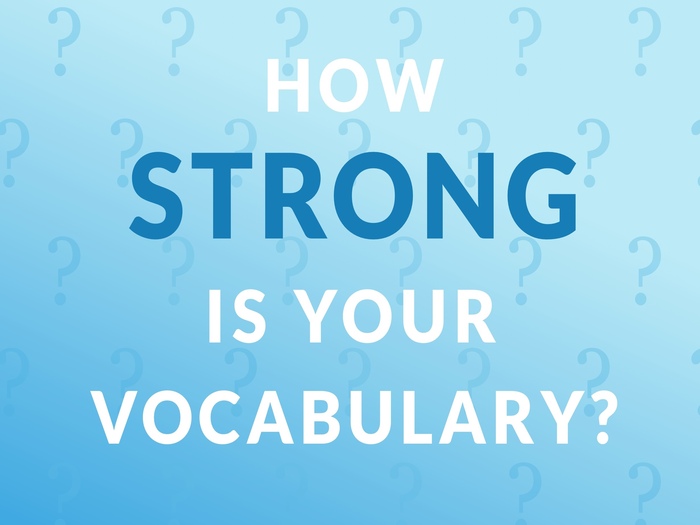Dear student, first you have to study the following literature definitions, then test your knowledge about what you read on the next page. Good Luck.
Mood (المزاج): the feeling, or atmosphere, that a writer creates for the reader. Connotative words, sensory images, and figurative language contribute to the mood of a selection, as do the sound and rhythm of
the language.
Motif: A unifying element in an artistic work, especially any recurrent image, symbol, theme, character type, subject, or narrative detail.
Narrator (الراوي): the person from whose point of view events are conveyed.
First-person: the narrator is a character in the story, uses the pronoun “I.” The first-person narrator does not have to be the main character in the story.
Third-person: is indicated by the pronouns he, she, and they. The third-person narrator is not a participant in the action and thus maintains a certain distance from the characters.
A) In the third-person omniscient point of view, the narrator is all-knowing about the thoughts and feelings of the characters.
B) The third-person limited point of view deals with a writer presenting events as experienced by only one character. This type of narrator does not have full knowledge of situations, past or future events.
C) In the third-person objective the story conveys only the external details of the characters—never their thoughts or inner motivations.
Onomatopoeia: The formation or use of words. Such as: buzz, or cuckoo, whose meaning is suggested by the sound of the word itself. (boom, click, plop)
Oxymoron (التناقض): a figure of speech in which two contradictory words or phrases are combined in a single expression, giving the effect of a condensed paradox: “wise fool,” “cruel kindness.”
Paradox (المفارقة): a statement or situation containing obvious contradictions, but is nevertheless true.
Parallelism (التوازي): the use of similar grammatical form gives items equal weight, as in Lincoln’s line “of the people, by the people, for the people.” Attention to parallelism generally makes both spoken and written expression more concise, clear, and powerful.
Parody (المحاكاة الساخرة): an imitation of a serious work of literature for the purpose of criticism or humorous effect or for flattering tribute.
Personification (التجسيد): a figure of speech in which human qualities or characteristics are given to an animal, object, or concept.
Plot (الحبكة): the plan of action or sequence of events of the story.
Point of view (وجهة نظر): the vantage point, or stance from which a story is told, the eye and mind through which the action is perceived.







































